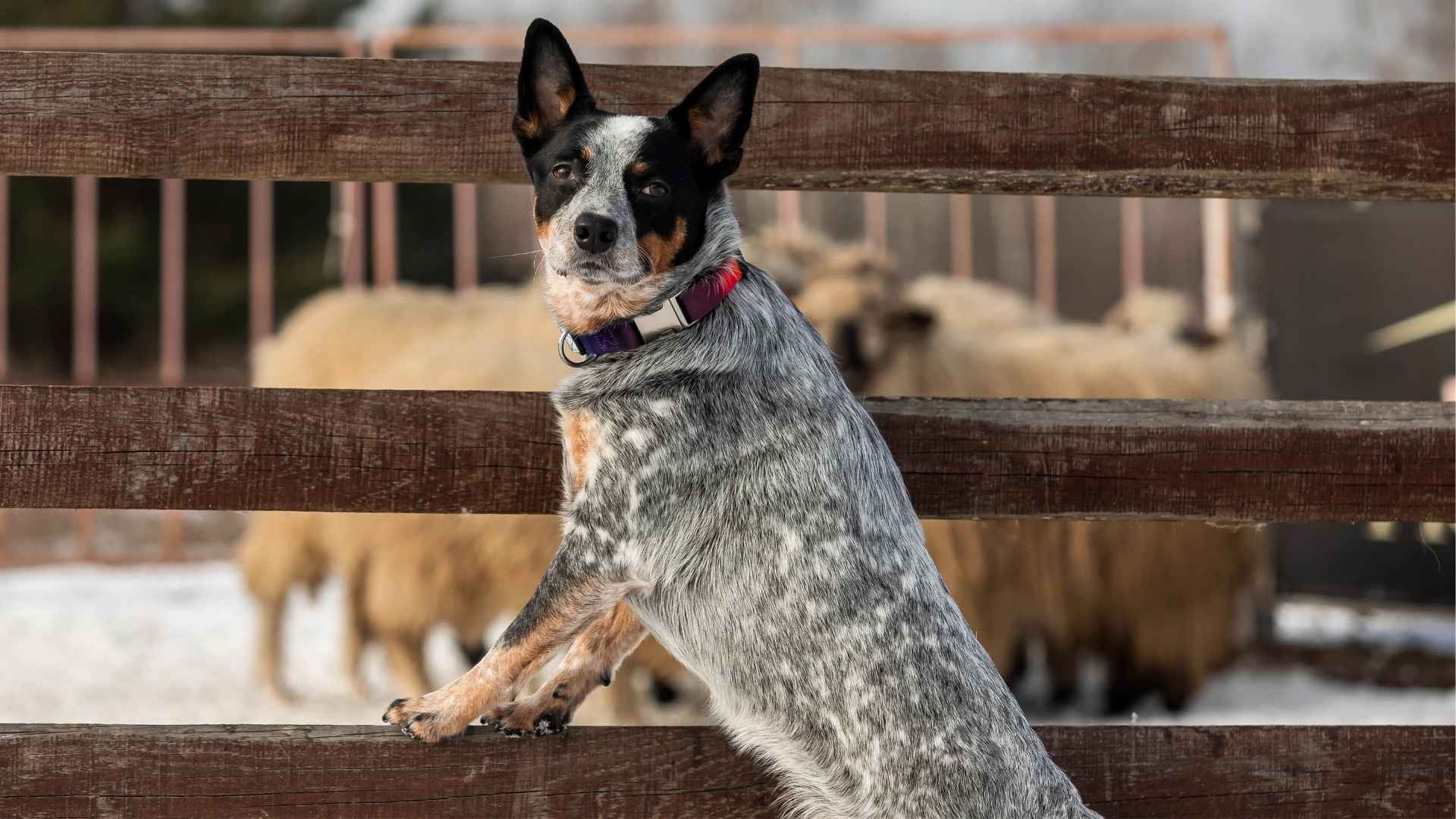Not all herding dogs are high-strung, high-maintenance whirlwinds. Some are incredibly sharp, quietly loyal, and surprisingly easy to care for.
The image of a herding breed constantly needing work and grooming is only one side of the story. In truth, several breeds are low-shedding, simple to train, and naturally low-maintenance without sacrificing the smarts or heart.
These dogs are problem-solvers who don’t create problems of their own. They’ll keep an eye on your yard without constantly needing your attention. They’ll bond deeply without being clingy. And they’ll impress you without exhausting you.
If you’ve always liked herding dogs but hesitated because of the upkeep, now’s the time to reconsider. This article shares herding dog breeds that are not just brilliant—they’re also built for ease, simplicity, and daily life without the overwhelm.
Herding Dog Breeds With Low Maintenance
1. Belgian Malinois
The Belgian Malinois has a short, straight coat that doesn’t trap dirt easily and requires minimal grooming. Most owners brush once a week with a soft-bristle brush to remove light shedding. Their clean coat texture and strong build were originally valued by farmers needing reliable field workers.
Low Grooming, High Physical Output
Despite their athletic energy, this breed isn’t demanding in terms of daily coat care. Baths are only needed occasionally, as their natural oils maintain healthy skin. Their nails stay in check with regular exercise on hard surfaces, minimizing trimming frequency.
Strong Instincts, Laser Focus
The Belgian Malinois is known for its powerful herding instinct, shaped through centuries of selective working roles, as per Hills Pet. They are attentive to motion, body language, and subtle cues from handlers. Their focus makes them well-suited to active roles, whether on farms or in service work.
Intelligence That Demands Structure
This breed learns with incredible speed and often anticipates commands before they’re spoken. They respond well to structured training, preferring clarity over repetition. Among herding dogs, they are recognized for excelling in precision-driven tasks under pressure.
2. Australian Cattle Dog
This breed has a weather-resistant double coat made to handle dust, heat, and rain without frequent cleaning. The outer coat is short and flat, offering dirt-repelling properties that keep grooming time low. Weekly brushing usually suffices to remove loose hair and maintain a clean finish.
Practical Needs, Minimal Upkeep
They don’t need regular trims or excessive bathing, and their coat rarely mats due to its tight structure, as stated in PetMD. Ear checks are routine, but they rarely have the buildup issues seen in floppy-eared breeds. Nail trimming is also important.
Task-Oriented with Strong Instincts
As a working breed developed to control livestock in wide terrains, their movements are swift and calculated. Their herding instinct shows up even in home settings—nudging, circling, and anticipating direction. Mental stimulation matters as much as physical space for keeping them balanced.
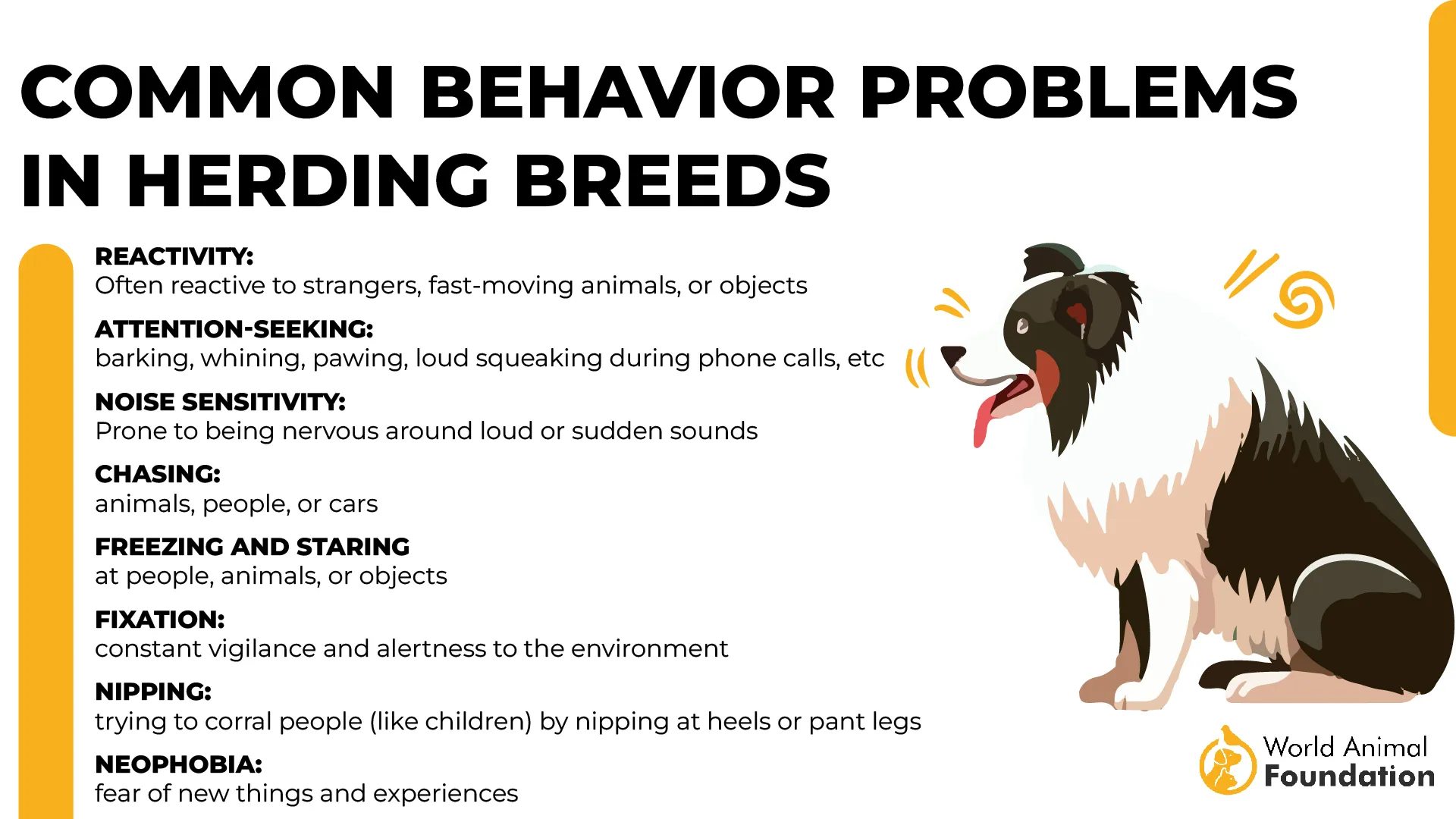
Social Range and Independent Traits
They are alert and protective, often forming the closest bonds with their primary handler. While they can live peacefully with other dogs, they usually don’t seek out new playmates. Known as a high-energy dog, they thrive with jobs, structured tasks, and challenging routines.
3. Mudi
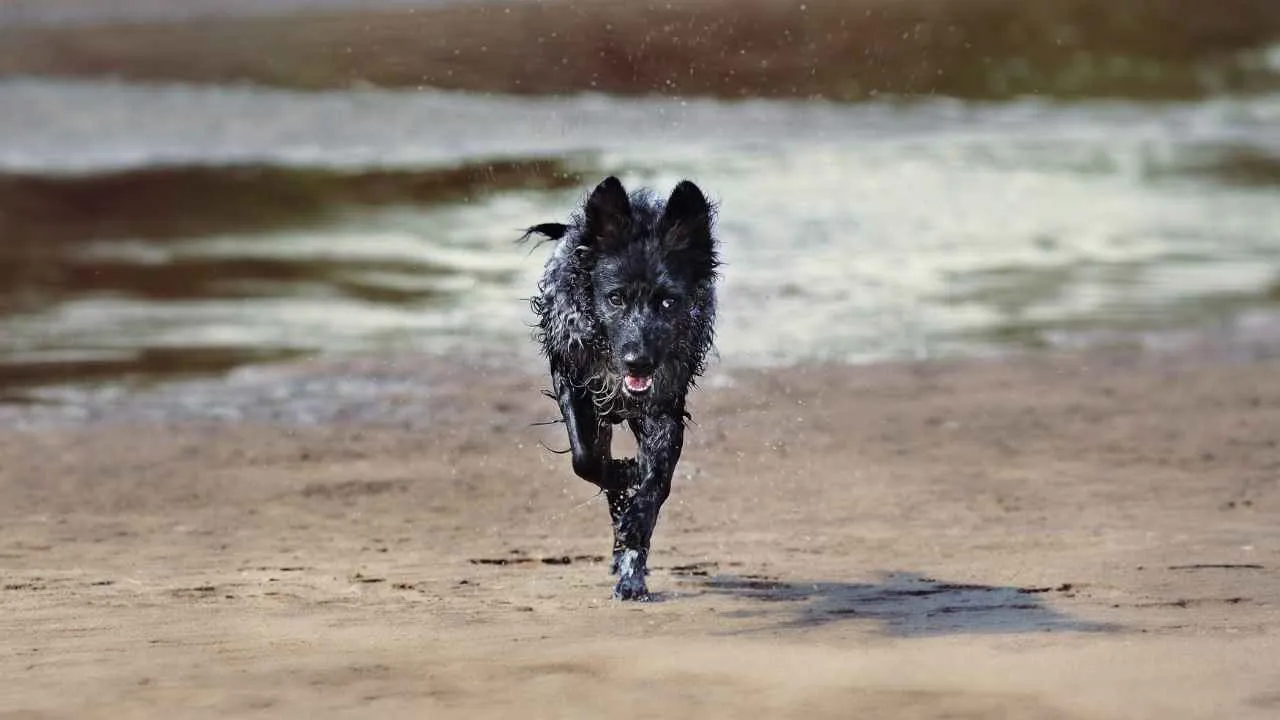
The Mudi’s wavy to curly coat naturally resists dirt and doesn’t mat easily when maintained. Brushing once or twice a week helps manage shedding and keeps the texture clean. Their coat also dries quickly after rain or water exposure, making it easier to manage outdoors.
Agile Frame with High Drive
Their medium build and lightweight body help them move with sharp, controlled speed in open terrain. Known for their spring-loaded jump, they can clear high obstacles without needing training aids. This agility comes naturally, even in puppies as young as five months.
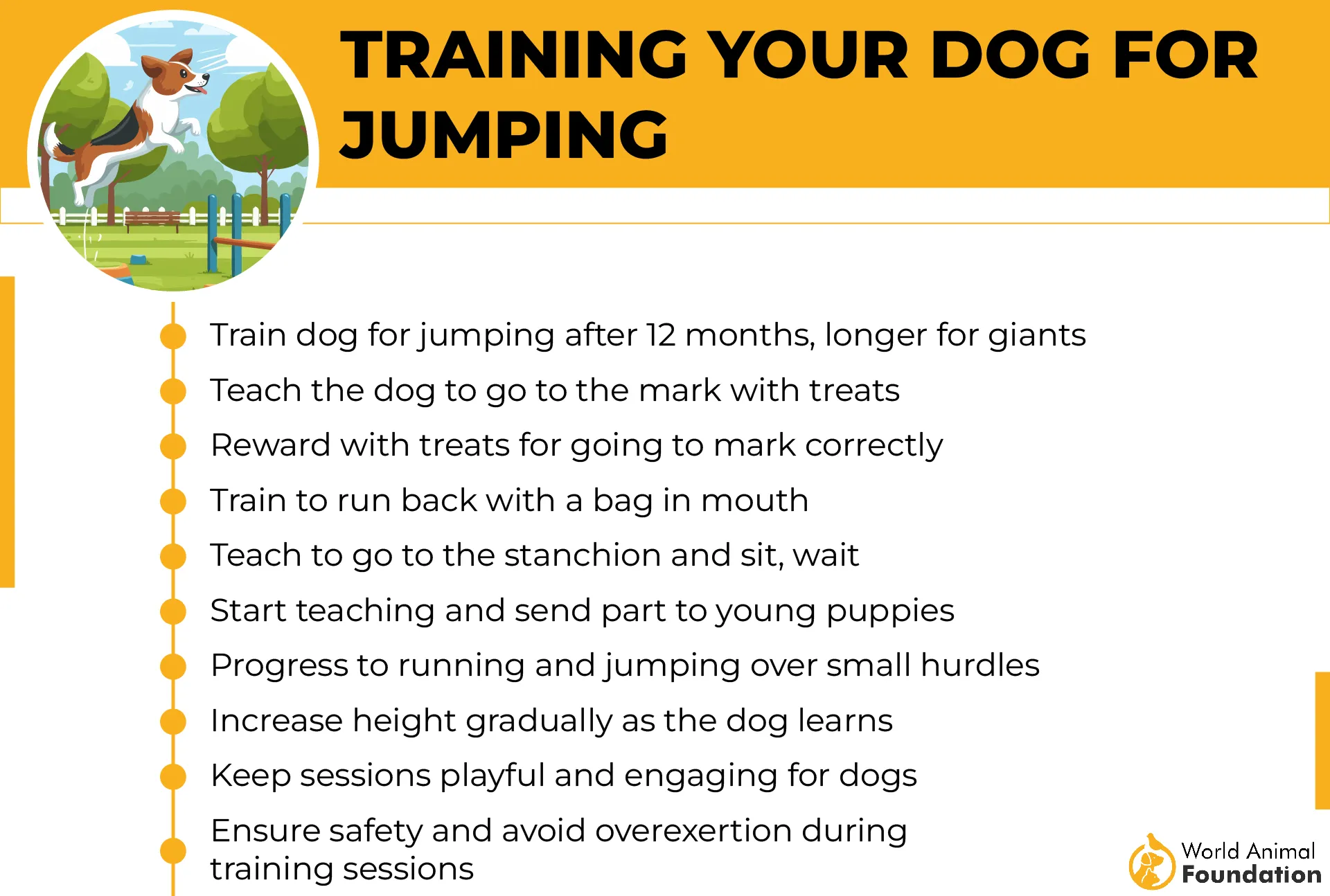
Highly Responsive to Commands
The Mudi is sensitive to voice tone and reacts quickly to directional cues, making communication almost effortless with experienced handlers. Their alertness allows them to anticipate changes in routine and act independently when needed. These traits are deeply rooted in their work ethic.
Strong Heritage in Field Work
The breed was originally bred in Hungary to herd and protect livestock across rugged farmland. Even today, they remain popular among farmers for their reliability with sheep and cattle. While they are sharp workers, they’re also known to be excellent companions in family settings.
4. Catahoula Leopard Dog
The Catahoula’s short, dense coat naturally resists the buildup of dirt and debris during outdoor work. Grooming is usually limited to weekly brushing, as the breed sheds in a controlled, even cycle. Their coat is often marbled in appearance, with colors and patterns as varied as their working roles.
Practical Build for Demanding Work
This breed was developed to navigate dense forests, wetlands, and uneven ground without tiring quickly. Their tight paw structure and muscular legs are designed to support long hours of movement. While athletic, they are not high-maintenance in terms of daily care needs, as mentioned in PetMD.
Strong-Willed with Purpose
The Catahoula has a self-directed nature, often forming decisions based on their environment rather than constant commands. They were historically used for managing cattle, feral hogs, and even other animals in untamed environments. This independence can be an asset when used with structured, consistent training.
Intelligent but Task-Oriented
They excel in jobs that allow them to make decisions, showing problem-solving skills not always present in other herding breeds. These dogs require early exposure to various tasks to fully channel their drive. Mental fatigue sets in when routines lack purpose or challenge.
5. Dutch Shepherd
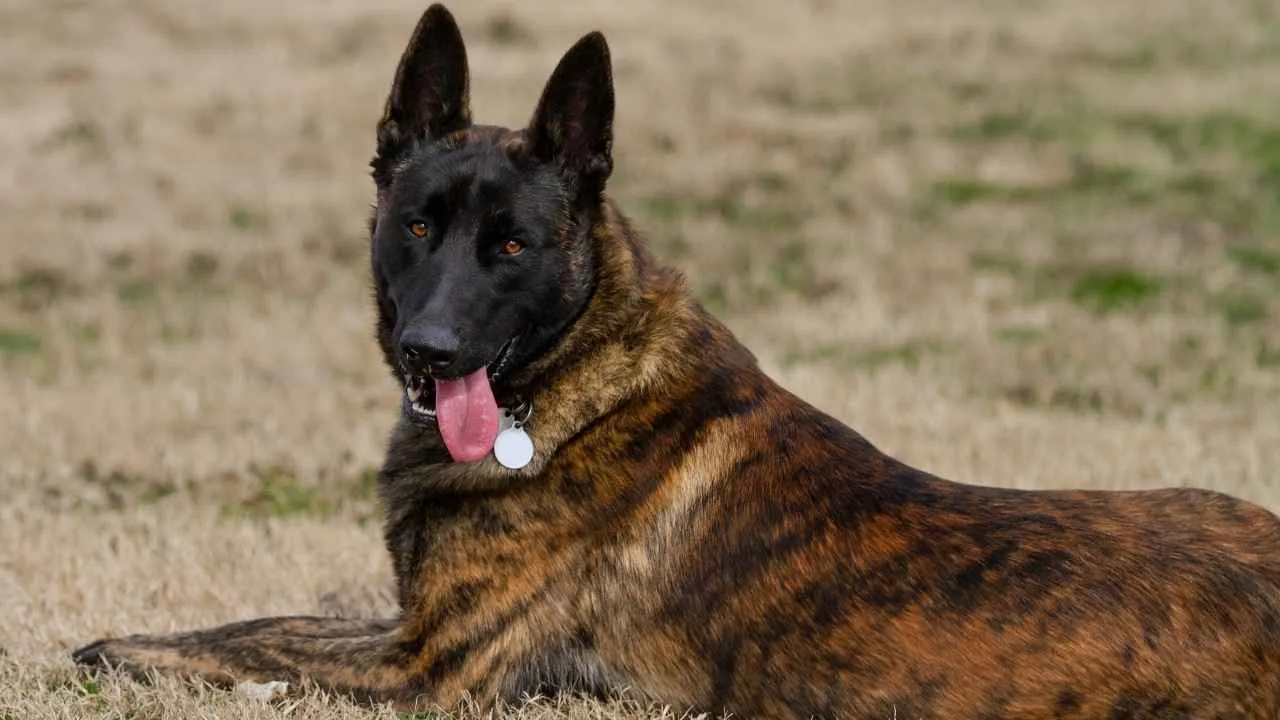
The Dutch Shepherd has a rugged coat that resists dirt and water, making it practical for outdoor work. Depending on coat type—short, long, or rough—weekly brushing is often enough. Their fur doesn’t require trimming or complex grooming routines even during seasonal shedding.
Practical for Working Environments
This breed was developed in the Netherlands for herding and guarding roles on rural farms. They are efficient in adapting to various terrains and are known for their resilience in all weather. Most handlers value their ability to stay clean and dry after long hours outdoors.
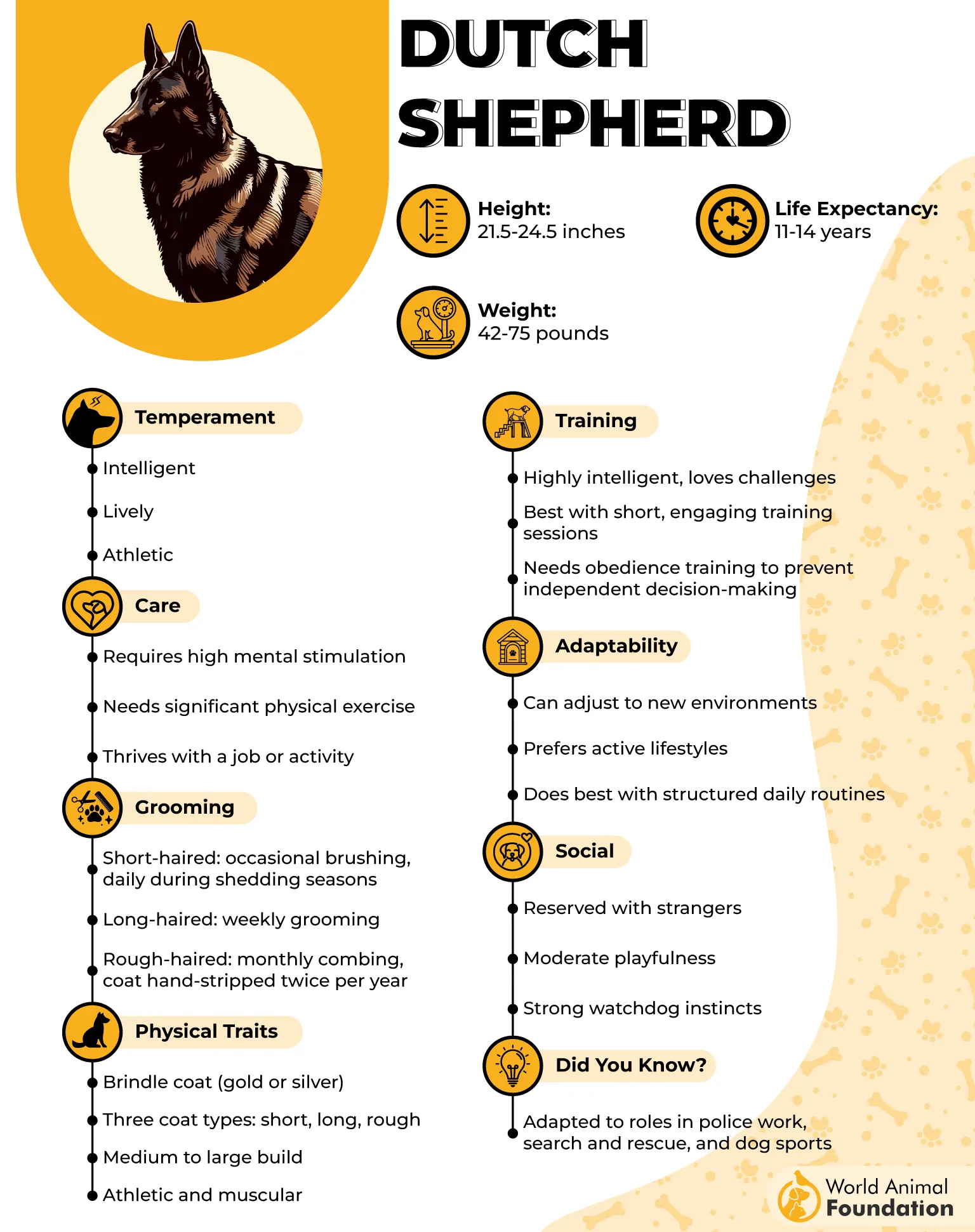
Keen Awareness in Motion
Dutch Shepherds maintain a sharp herding instinct, constantly watching for changes in movement or signals from their handler. They excel in precision-driven roles, including K9 service, due to their fast reaction time. Their body control and spatial awareness remain impressive even at high speed.
Steady Temperament and Loyalty
They’re known to be extremely good-natured around their inner circle and protective when needed. Dutch Shepherds bond deeply with their people and prefer consistency in their environment. Their balance of stability and alertness makes them great companions for structured households.
6. Canaan Dog
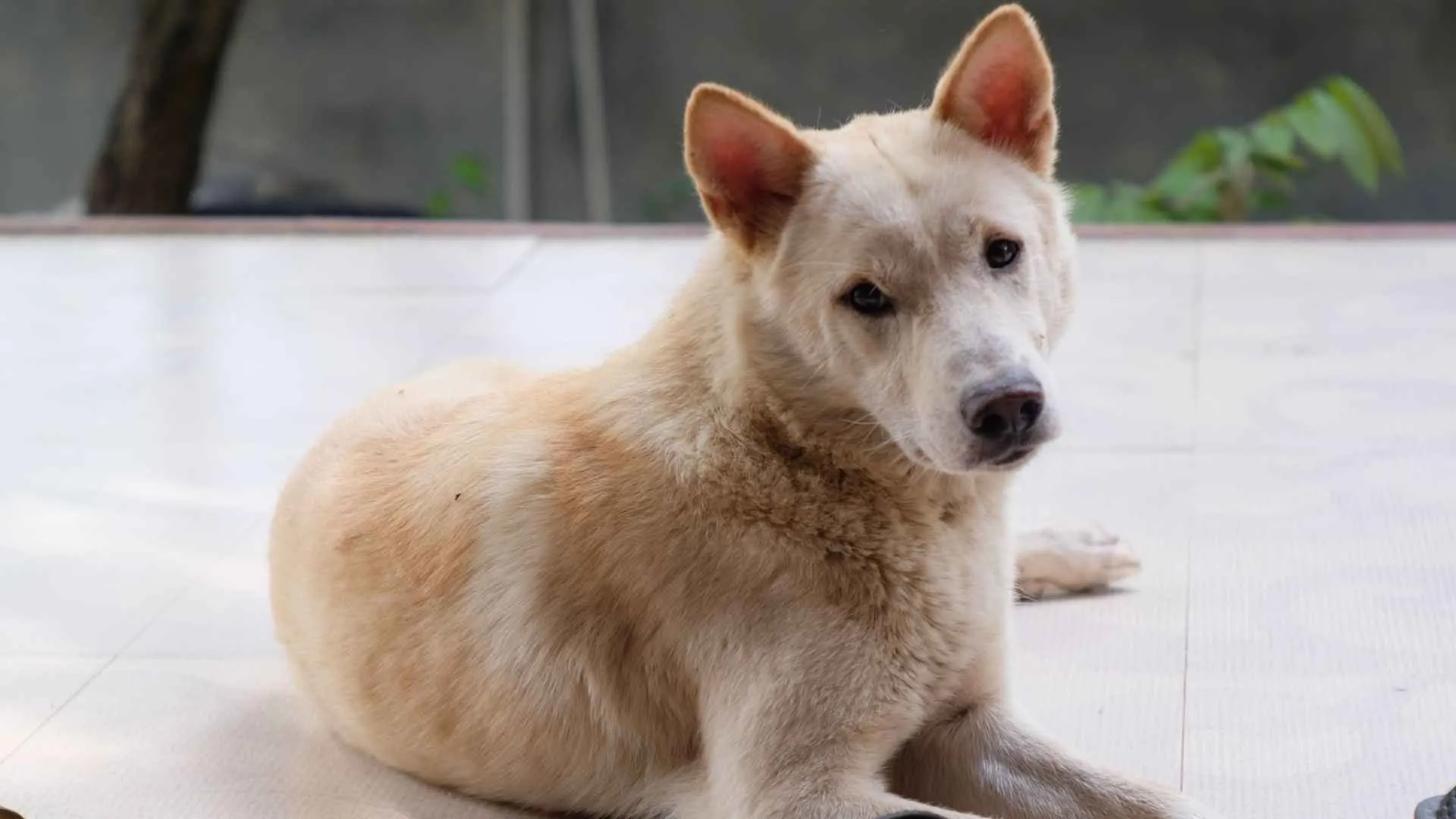
The Dutch Shepherd has a rugged coat that resists dirt and water, making it practical for outdoor work. Depending on coat type—short, long, or rough—weekly brushing is often enough. Their fur doesn’t require trimming or complex grooming routines even during seasonal shedding.
Practical for Working Environments
This breed was developed in the Netherlands for herding and guarding roles on rural farms. They are efficient in adapting to various terrains and are known for their resilience in all weather. Most handlers value their ability to stay clean and dry after long hours outdoors.
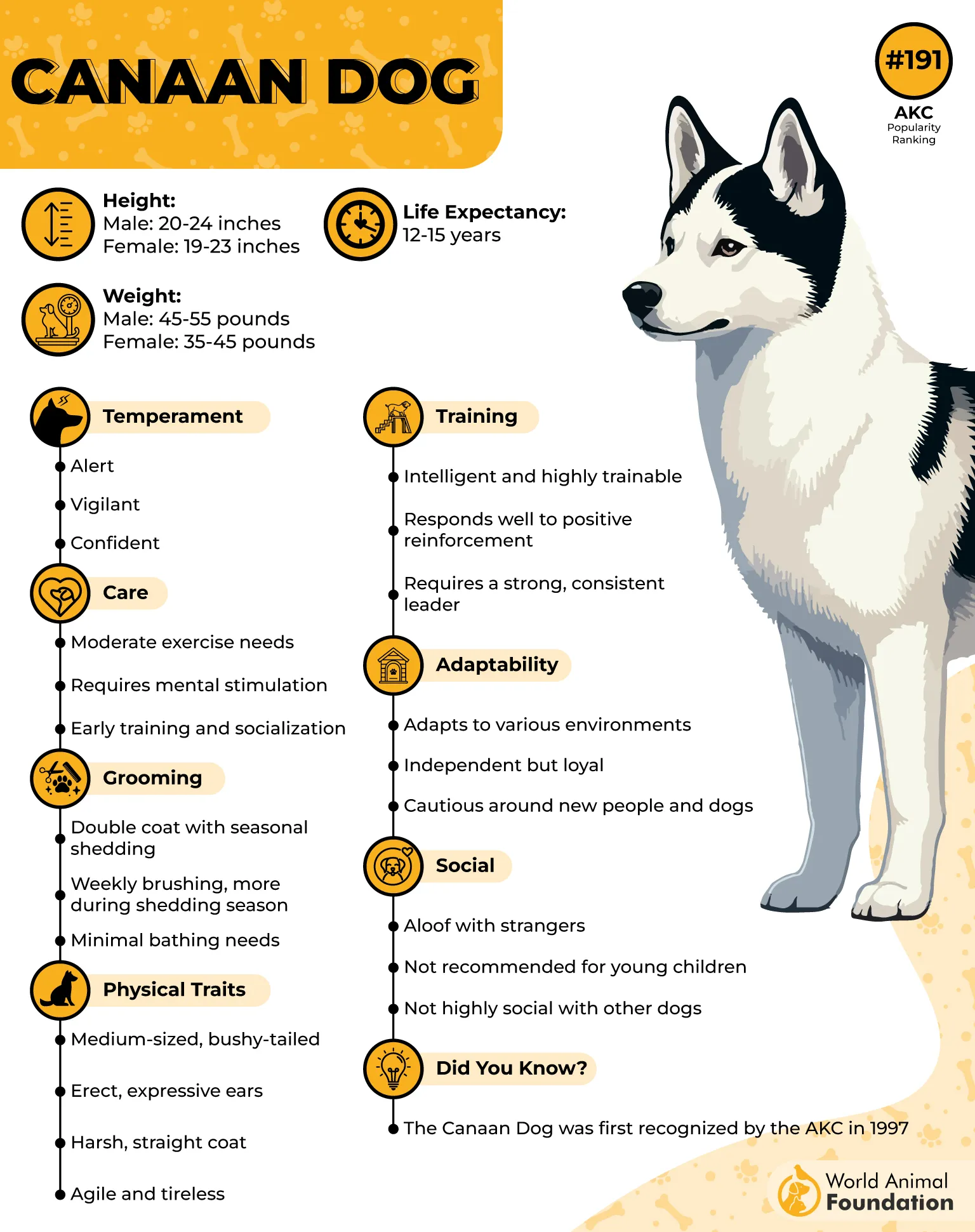
Keen Awareness in Motion
Dutch Shepherds maintain a sharp herding instinct, constantly watching for changes in movement or signals from their handler. They excel in precision-driven roles, including K9 service, due to their fast reaction time. Their body control and spatial awareness remain impressive even at high speed.
Steady Temperament and Loyalty
They’re known to be extremely good-natured around their inner circle and protective when needed. Dutch Shepherds bond deeply with their people and prefer consistency in their environment. Their balance of stability and alertness makes them great canines for structured households.
7. Bergamasco Shepherd
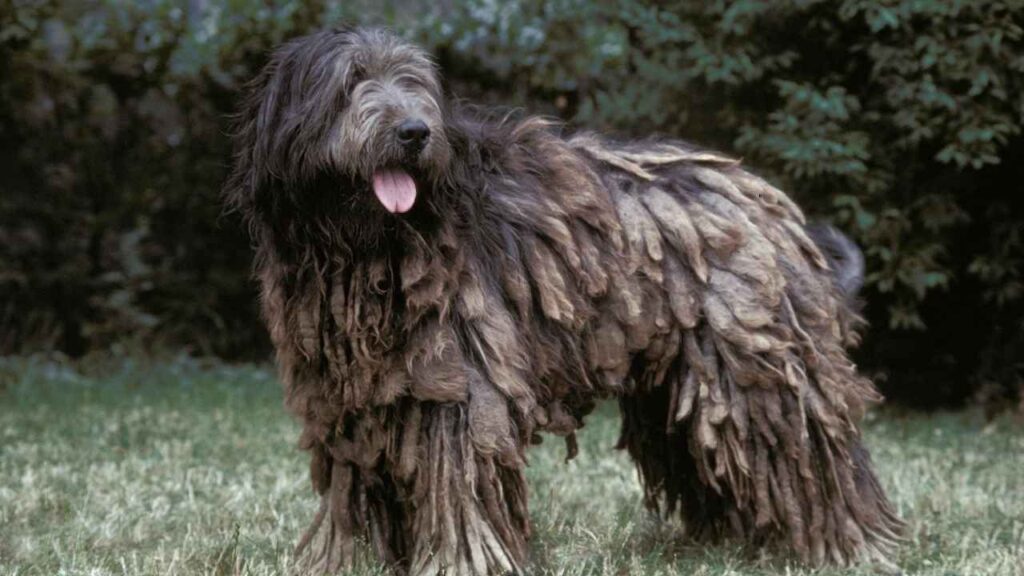
The Bergamasco’s coat is made of three types of hair that naturally weave into flat mats called “flocks”, as per the AKC. These dense layers protect them from harsh weather and require no brushing after maturity. Once the flocking process finishes around age one, the coat becomes self-maintaining with basic hygiene.
Simple Routine Without Complex Grooming
Their coat doesn’t shed like typical breeds, and washing is needed only a few times per year. Dirt and debris rarely reach the skin due to the tight texture of the flocks. Owners usually separate new mats by hand during development, which is a one-time task.
Sharp Memory with Deep Sensory Awareness
This breed is highly perceptive, often responding to subtle human signals with calm attentiveness. They bond steadily and are known for decision-making when herding without micromanagement. Early training builds trust, but their instincts are naturally structured and rarely reactive.
Balanced with Other Animals and Work
Bergamascos show surprising tolerance around livestock and can adapt to life with other pets. Though calm indoors, they need purposeful walks and low-impact physical stimulation to stay balanced. The breed retains its composure well, even in unfamiliar or changing environments.
Conclusion
Not all herding dogs are built for chaos and constant work. Some are content without long grooming sessions, complex schedules, or high demands. These breeds can herd sheep, assist around the land, or simply enjoy a walk by your side.
While still sharp and loyal like most farm dogs, they avoid the destructive behaviors seen in under-stimulated breeds. Many are great with small children, alert without a loud bark, and surprisingly fun-loving once bonded.
Whether you live on property or in a quieter setting, these dogs bring purpose without the pressure. If simplicity matters to you, these breeds prove that capable dogs don’t have to be complicated.


